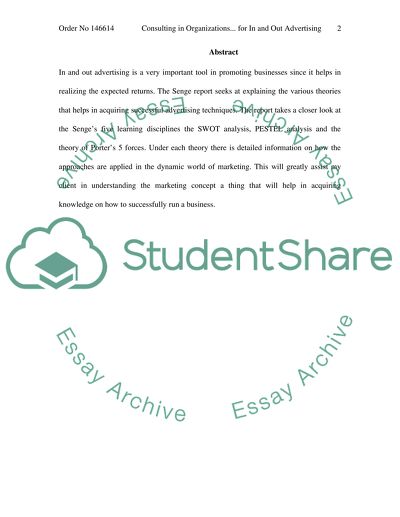Cite this document
(“Consulting in Organizations... for In and Out Advertising Essay”, n.d.)
Retrieved from https://studentshare.org/miscellaneous/1531728-consulting-in-organizations-for-in-and-out-advertising
Retrieved from https://studentshare.org/miscellaneous/1531728-consulting-in-organizations-for-in-and-out-advertising
(Consulting in Organizations... For In and Out Advertising Essay)
https://studentshare.org/miscellaneous/1531728-consulting-in-organizations-for-in-and-out-advertising.
https://studentshare.org/miscellaneous/1531728-consulting-in-organizations-for-in-and-out-advertising.
“Consulting in Organizations... For In and Out Advertising Essay”, n.d. https://studentshare.org/miscellaneous/1531728-consulting-in-organizations-for-in-and-out-advertising.


